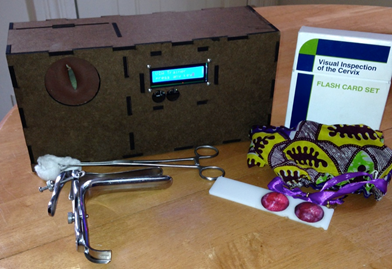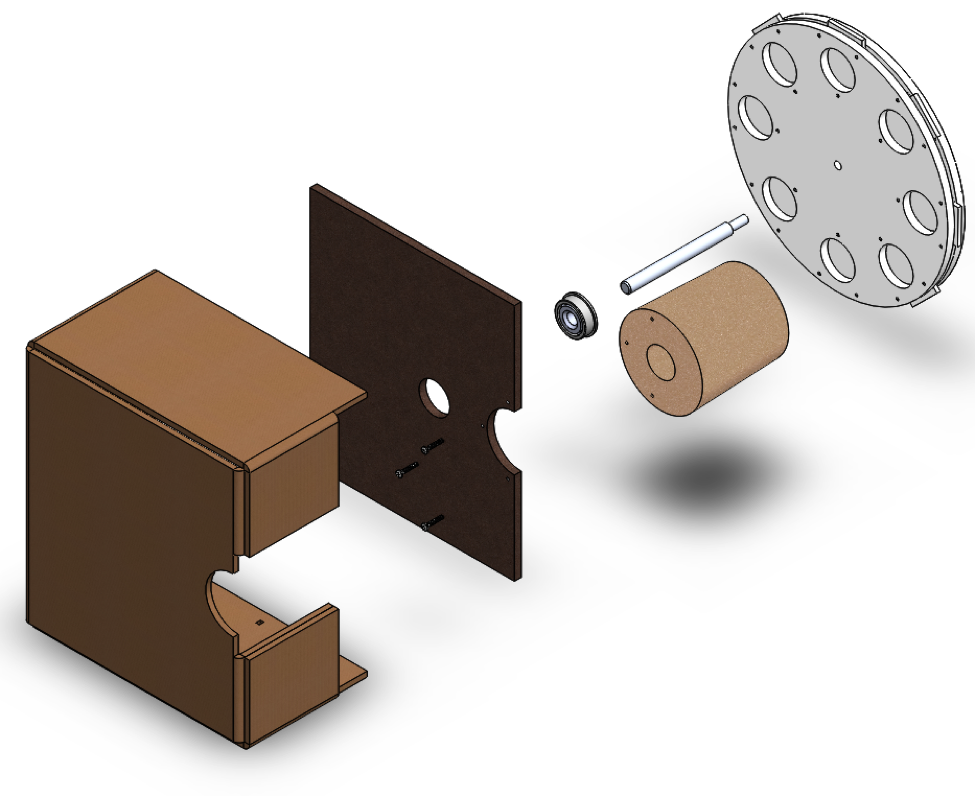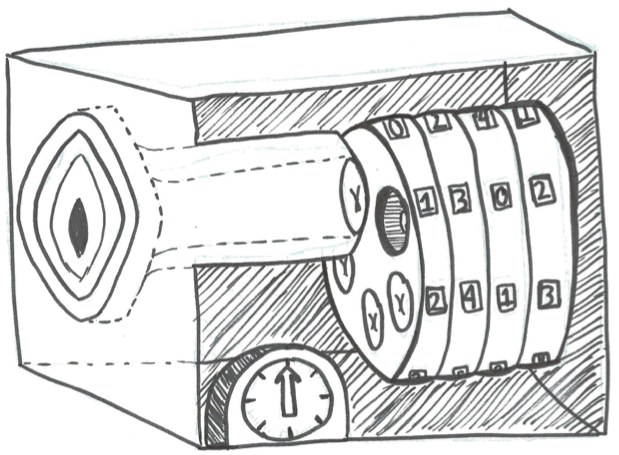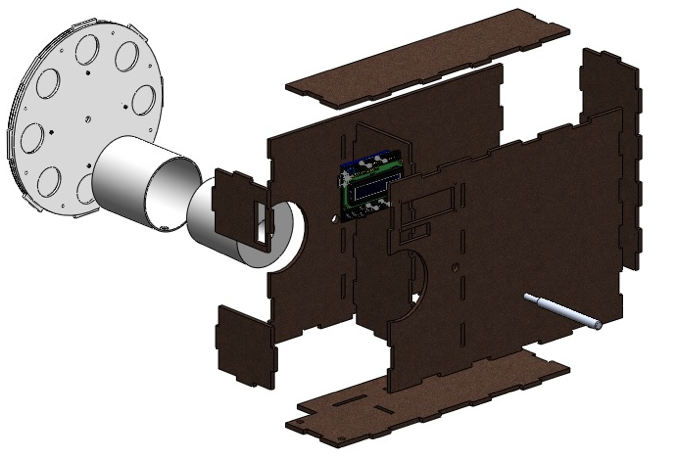Description
Each year, cervical cancer causes the death of over 275,000 women worldwide with eighty percent of these cases occurring in low or lower-middle income countries. Screening for cervical cancer significantly reduces this mortality rate. Appropriate screening programs have proven to significantly reduce cervical cancer occurrence by identifying and treating pre-cancerous cervical abnormalities before they develop to malignant stages.
Based on a design ethnography study performed over a two-month period in Ghana, a need was identified for a low-fidelity trainer to assist in training healthcare providers to screen for cervical cancer using visual inspection with acetic acid. User requirements and engineering specifications were generated to guide the design for a cervical cancer screening trainer. Concepts were then created, developed, and iterated on through several stages of concept development. Several prototypes were built and evaluated, one of which was evaluated in Ghana. The design presented is a box trainer with a simulated vaginal cavity that allows a user to insert examples of cervical situations in the form of plastic tabs or Jhpiego flashcards. A modular electronic feedback mechanism trains the user to properly complete the steps of the VIA procedure and to track the successes of their diagnoses.
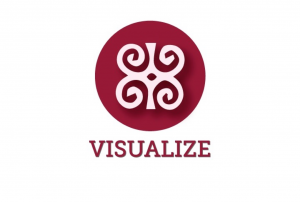
Visualize is a low-fidelity cervical cancer screening training model that aids midwifes or other healthcare providers as they learn how to screen for cervical cancer using visual inspection of the cervix with acetic acid (VIA). VIA is a low-cost and effective alternative cervical cancer screening method. The training model itself consists of a simulated vaginal cavity that uses an Arduino microcontroller and an LCD screen to provide modular electronic feedback that guides the user through the VIA procedure.
Currently, the project team is undergoing pilot testing in Ghana and establishing firm local partners in Kumasi and Accra to determine routes to implementation. Visualize has been featured at Berkeley as a ‘Big Ideas’ winner and as a demonstrated project at USAID’s TechCon.
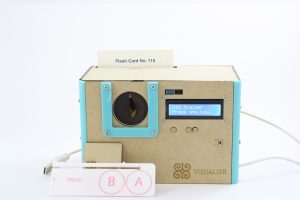
This summer in Kenya I learned so much about myself as well as other cultures, and I gained experiences that will last with me forever. Getting to do things I had never experienced before has opened my eyes and my heart in many ways, and I will continue to grow from these experiences.
What to Know About The Global Health Design Initiative
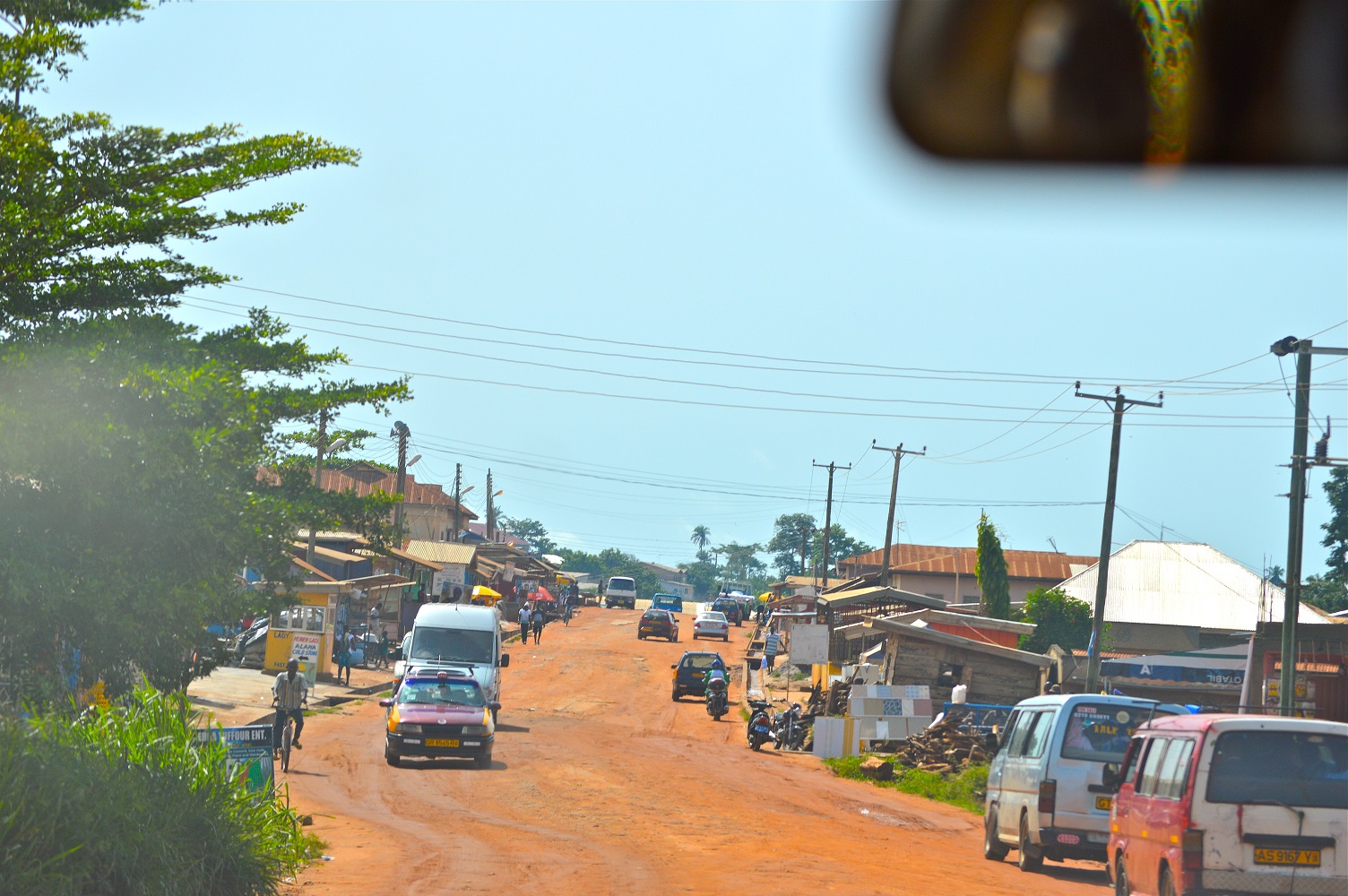
Program History
GHDI has been working with stakeholders for more than eight years to identify and address global health design challenges. Learn more about our history and core values.
Learn More →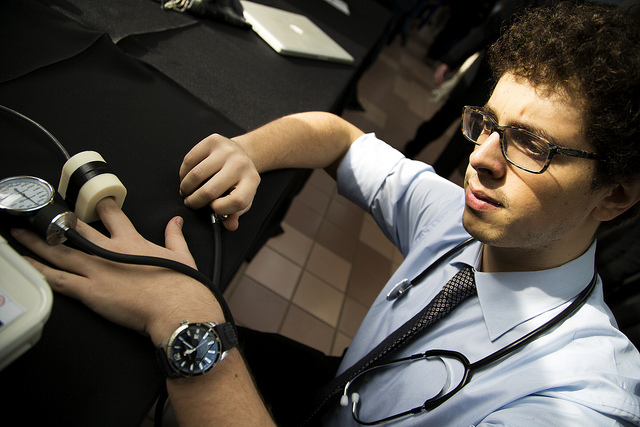
Project Outcomes
Since inception, we have worked on projects in maternal health, family planning, minimally invasive surgery, physical medicine and rehabilitation, and more. Explore our past and current projects.
Learn More →
Get Involved
There are many ways to get involved in global health work with GHDI. From taking on a need statement, to participating in an opportunity, or becoming a partner.
Learn More →

